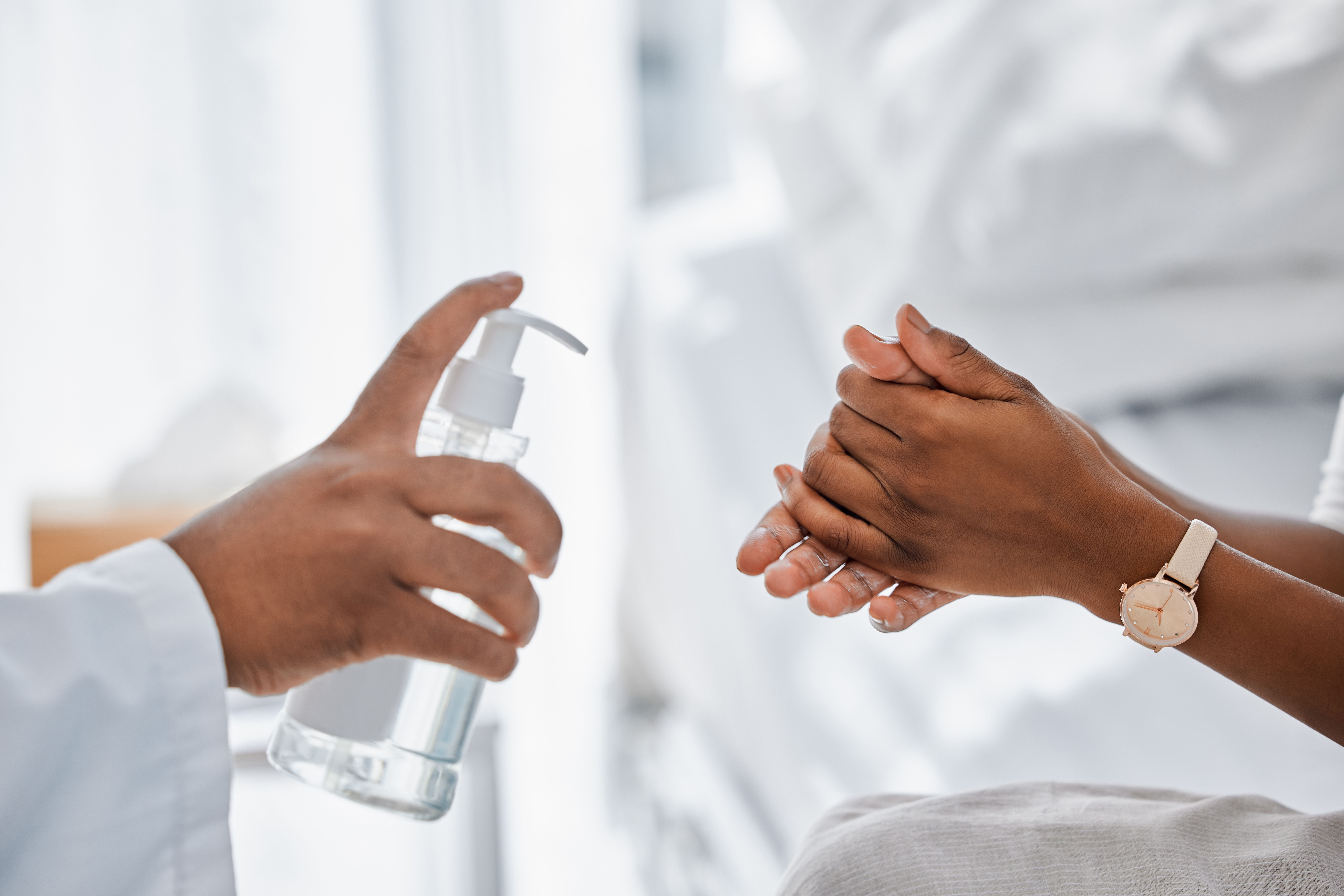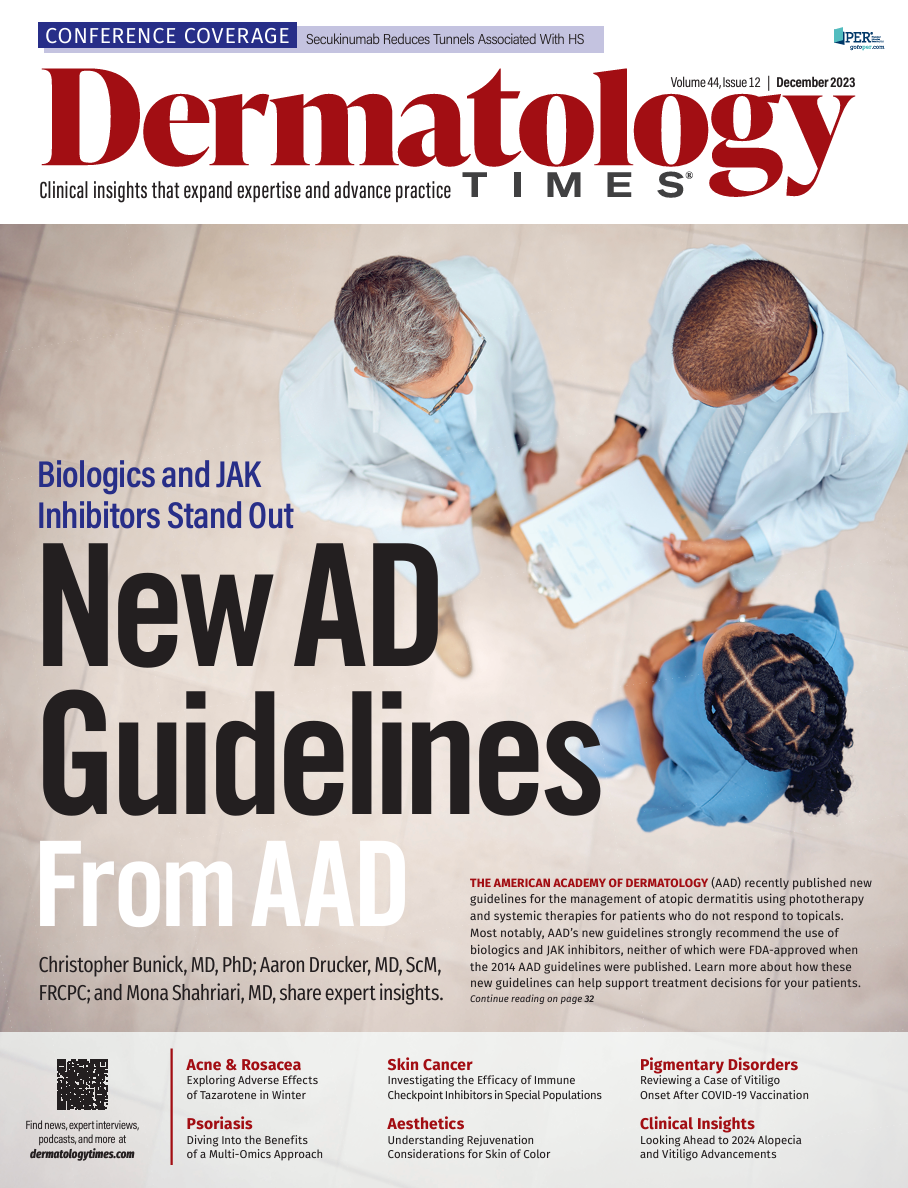- Case-Based Roundtable
- General Dermatology
- Eczema
- Chronic Hand Eczema
- Alopecia
- Aesthetics
- Vitiligo
- COVID-19
- Actinic Keratosis
- Precision Medicine and Biologics
- Rare Disease
- Wound Care
- Rosacea
- Psoriasis
- Psoriatic Arthritis
- Atopic Dermatitis
- Melasma
- NP and PA
- Skin Cancer
- Hidradenitis Suppurativa
- Drug Watch
- Pigmentary Disorders
- Acne
- Pediatric Dermatology
- Practice Management
- Prurigo Nodularis
- Buy-and-Bill
News
Article
Dermatology Times
Holiday Merriment and Sharing the Microbiome
Author(s):
The holidays are a wonderful time to catch up with family members on where the journey of life has taken us during the past year, but they are also a time to share microbiome organisms with others who are genetically similar to us.
Kirsten D/peopleimages.com/Adobe Stock

The holidays are upon us, with many opportunities to visit with extended family members, renew old friendships, and spread cheer to neighbors and workmates. It is a wonderful time of year for human gatherings, providing a chance to share updated activities from the past year, exchange ideas, and renew human bonds. However, along with all of the hugging and kissing and close personal contact comes another type of sharing. Not only do we as humans share verbally, but we also share tactilely, and part of touching is sharing the human microbiome. Yes, as strange as it may seem, family gatherings are a time to pass our bacteria around to all of those in attendance.
It is common to hear of holiday family gatherings where one member arrives with a rhinoviral upper respiratory infection and other family members inhale the viral particles, taking the infection home only to come down with a sneezy, runny nose and cough 3 to 5 days after leaving the family festivities. Similarly, noroviral infections also abound at the holidays when the family member who made the pecan pie licked the knife while serving the other guests, who developed abdominal cramps and diarrhea 48 hours after eating the pie. Viruses as well as family members come to holiday gatherings.
Have you ever considered that all family members bring their microbiome to the festivities? Probably not. It is not considered a polite topic of conversation, but from a dermatologic standpoint, the concept is quite profound. Imagine your uncle, who is colonized with MRSA in his anterior nares. He rubs his nose and shakes the hand of Aunt Sara, who also rubs her nose, inoculating her anterior nares with MRSA. It will be her microbiome and her hygiene practices that determine whether MRSA is a transient organism or a new part of her commensal nares microbiome. If Aunt Sara has the entire lining of her nose populated with nonpathogenic organisms, there may not be enough skin surface area or nutrients for MRSA to replicate. The MRSA would quickly die, and infection would be avoided. Or, Aunt Sara could wash her hands, removing the MRSA organism, also avoiding infection.
We face microbiome challenges on a daily basis, and the only thing we can consciously do to maintain our healthy microbiome is to wash hands or use a hand sanitizer frequently. There is a lot of concern as to whether cleansers damage the microbiome, leading many companies to do clinical testing to support the claim of being “microbiome friendly.” Microbiome friendly is consumer-understandable vernacular meaning that the microbiome does not change before and after cleansing. This is studied by swabbing the skin before cleanser use and then 1 to 2 weeks after twice-daily cleanser use and placing the swab in a stabilizer for later DNA sequencing. The only problem with bacterial DNA sequencing is that it cannot distinguish between live and dead organisms.
Changing the microbiome to prevent disease with externally applied products has proved notoriously difficult. Humans are fully colonized with primarily maternal organisms within 24 to 48 hours of life. These commensal organisms are dictated by the most primitive but highly conserved portion of the immune system, consisting of antimicrobial peptides. Since the immune system is inherited, so is the microbiome. It is thought that only 16% of all live bacteria externally applied to the skin surface as a spray or cream live for any period of time, with less than 1% having any longevity over days. This means that having a profound long- or short-term effect on the microbiome is challenging, requiring frequent application of nonpathogenic beneficial bacteria.
The holidays are a wonderful time to catch up with family members on where the journey of life has taken us during the past year, but they are also a time to share microbiome organisms with others who are genetically similar to us. Some of these organisms may become a permanent part of our own microbiome, while others may be transient bystanders washed away by cleansers. It is my hope this holiday season, from a dermatologic standpoint, that the pathogens are short-lived on your skin surface while the bacterial diversity encountered by contact with others is enhanced! Here’s to holiday merriment!
Zoe Diana Draelos, MD, is a consulting professor of dermatology at Duke University School of Medicine in Durham, North Carolina, and editor in chief of Dermatology Times.







